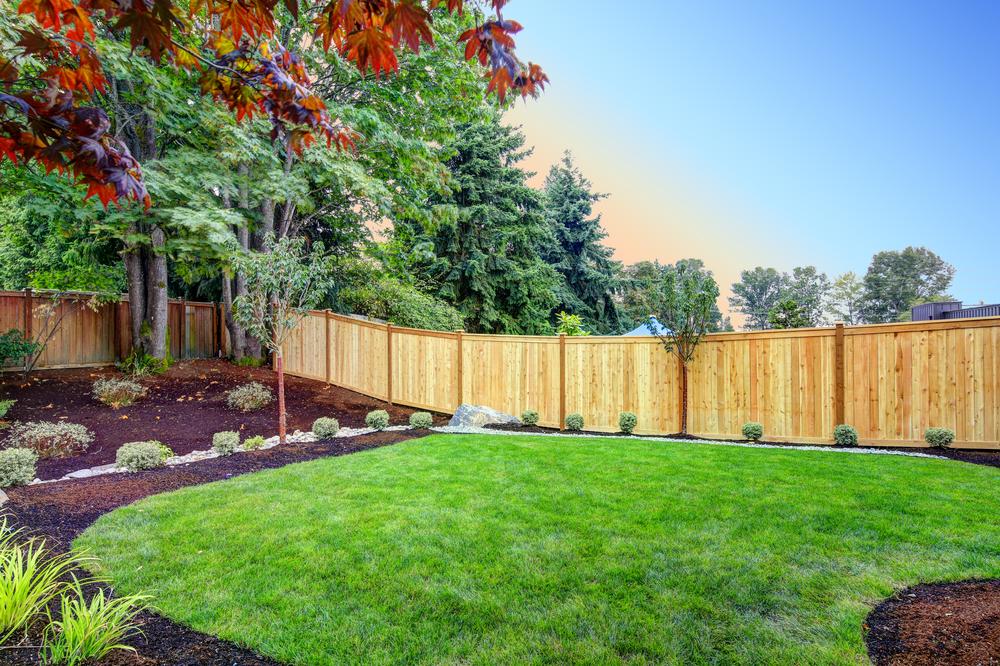
Sustainable Landscaping Practices to Save Water in Utah Gardens
Utah is one of the driest states in the nation, and homeowners in Utah County know the challenge of maintaining a beautiful yard while facing water restrictions and a naturally arid climate. Traditional lawns can consume thousands of gallons of water each year, leading many residents to look for smarter, eco-friendly solutions.
Sustainable landscaping offers the best of both worlds: creating outdoor spaces that look great while conserving water. In this article, we’ll explore practical landscaping practices designed specifically for Utah gardens to reduce waste and keep your yard thriving.
Why Water Conservation Matters in Utah Landscaping
Before diving into specific techniques, it’s important to understand the stakes.
Low Rainfall: Utah averages less than 14 inches of precipitation annually.
High Evaporation Rates: Hot, dry summers mean lawns lose water quickly.
Population Growth: As Utah County expands, water demand increases.
Lawn Water Use: Grass lawns are among the largest residential water consumers.
Sustainable landscaping isn’t just a trend—it’s a necessity for preserving resources and lowering utility bills.
Sustainable Landscaping Practices for Utah Gardens
Xeriscaping
Xeriscaping is the cornerstone of water-efficient design.
Uses drought-tolerant plants native to Utah.
Reduces or eliminates the need for traditional lawns.
Creates diverse, attractive gardens with shrubs, perennials, and decorative rock.
Smart Irrigation Systems
Efficient watering is key to saving water.
Drip Irrigation delivers water directly to plant roots, minimizing waste.
Smart Controllers adjust schedules based on weather and soil conditions.
Early Morning Watering reduces evaporation and fungal risk.
Mulching
Mulch is an easy, affordable way to retain soil moisture.
Conserves water by reducing evaporation.
Prevents weed growth, which competes for water.
Improves soil health as organic mulch breaks down.
Soil Improvement
Healthy soil holds water more effectively.
Adding compost increases organic matter, improving moisture retention.
Aerating compacted lawns allows water to penetrate deeper.
Testing soil ensures plants get proper nutrients.
Reducing Turf Areas
Lawns are beautiful but often overused.
Replace grass in low-use areas with ground cover, gravel, or decorative stone.
Designate lawn spaces only where kids or pets play.
Pair smaller lawns with efficient irrigation for balance.
Step-by-Step Guide to Creating a Water-Smart Landscape
Evaluate Your Yard
Walk through your property to identify sunny, shady, and sloped areas. Each affects water needs.Plan Planting Zones
Group plants by water requirements—this prevents overwatering low-need plants.Install Efficient Irrigation
Use drip systems for garden beds and rotary nozzles for lawns.Incorporate Mulch and Rock
Apply mulch around plants and use decorative rock for pathways to limit water loss.Monitor and Adjust
Track how plants respond. Adjust irrigation seasonally, especially in Utah’s hot summers and cooler fall months.
FAQs
What is the most water-efficient landscaping method in Utah?
Xeriscaping, which uses native and drought-tolerant plants, is the most effective way to reduce water use while maintaining beauty.Can I still have a lawn if I want sustainable landscaping?
Yes, but reduce lawn size and use water-efficient grasses with smart irrigation to limit waste.How much water can xeriscaping save compared to a traditional lawn?
Xeriscaping can reduce outdoor water use by up to 50–70%.What are the best drought-tolerant plants for Utah County?
Russian sage, yarrow, lavender, ornamental grasses, and native shrubs like serviceberry thrive in Utah’s dry climate.Do I need professional help to install a drip irrigation system?
While DIY is possible, professional installation ensures proper coverage, pressure regulation, and long-term efficiency.
Conclusion
Utah homeowners don’t need to sacrifice beauty for sustainability. By adopting practices like xeriscaping, drip irrigation, mulching, and reducing turf areas, you can enjoy a vibrant garden while saving thousands of gallons of water each year.
Sustainable landscaping not only lowers water bills—it also creates healthier, more resilient yards that thrive in Utah’s climate. Working with local experts ensures your outdoor space is designed for both beauty and conservation.